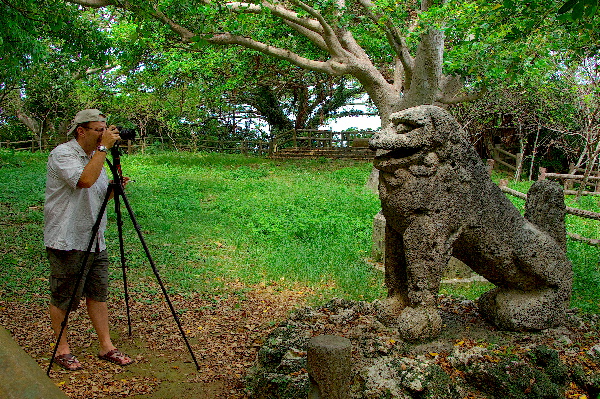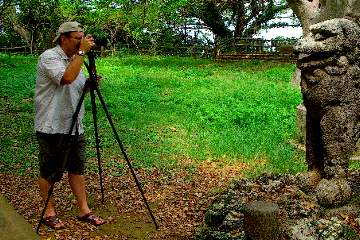
Photo courtesy of Mike Lynch.
ONE OF THE MOST IMPORTANT investments you can make when buying accessories for a camera is a sturdy tripod.
Here are the top 10 things you’ll want to know before investing in one:
Cost
Everyone wants to get the best deal they can but, a cheap tripod will not enhance your photography. The little $10.00 aluminum ones are good for nothing, unless you plan on taking all your photos while it’s set up on your coffee table.
For a point and shoot camera, you may get by spending under $50.00. If you have a DSLR, plan on spending at least $100.00. There’s always the option of buying a used tripod to save costs as long as you know what to look for.
Folded Height
For travel, you need to know how small you can fold your tripod. Will it fit in a suitcase, backpack or a carrying case that you can wear comfortably on your shoulder?
Make sure it’s not too large that you can’t carry it on a plane.
